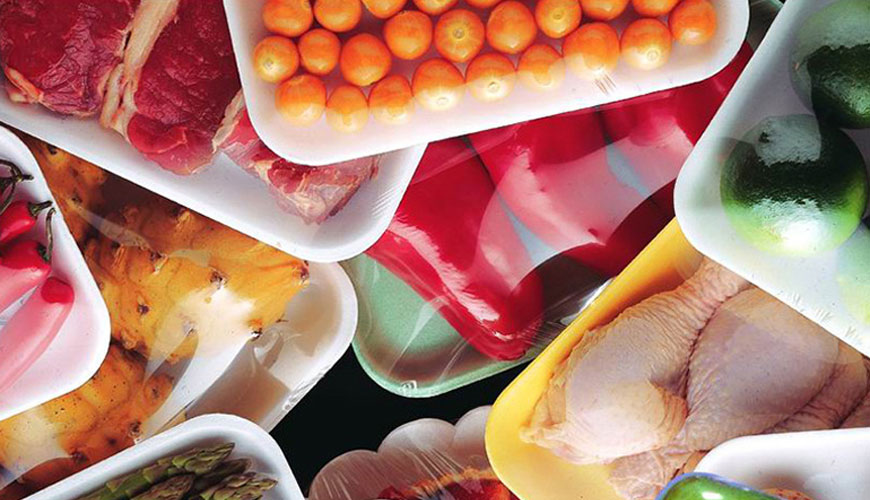

This part of the ISO 1186 standard, developed by the International Organization for Standardization (ISO), test for the determination of total migration from plastics to water-based food simulants intended for contact with the food case by full immersion of test specimens in the selected food simulants at test temperatures up to reflux temperature for selected test times. chooses methods.

This method is most suitable for film and sheet plastics, but is applicable to most materials or containers from which test pieces can be cut to suitable sizes.
The overall migration of non-volatile substances from a plastic sample is determined as the mass of the non-volatile residue after evaporation of the food simulant following immersion. The choice of test conditions and food simulants will be determined by the conditions of use.
Test samples of approximately 1 dm² are immersed in food simulant for exposure time at and up to reflux temperature. At the end of the test period, each test sample is removed from the food simulant. The food simulant from each test sample is evaporated to dryness, the mass of the non-volatile residue determined gravimetrically and expressed in milligrams per square decimeter of surface area of the test sample.
It is important that test specimens are clean and free of surface contamination (many plastics can easily attract dust due to static charges). Before preparing test specimens, remove all surface contamination from the specimen by lightly wiping the specimen with a lint-free cloth or brushing it with a soft brush. Under no circumstances should you wash the sample with water or solvent. If it is stated in the instructions for use of the product that it should be washed or cleaned before use, EN 1186-1 should be consulted. Minimize the handling of samples and wear cotton gloves when necessary.
For thin films, place a piece of thin stainless steel gauze or glass rods similar to acetic acid between them to ensure good separation of the test pieces and free exposure of the surfaces to the food simulant during the test period. For test pieces or thick specimens that are not placed on supports, insert glass rods between the test pieces after immersion in the simulant. Where sample supports are used, label the supports with a label bearing the test sample ID.
Among the services provided by our organization within the framework of material testing services, there are also ISO 1186-3 standard tests.
To get an appointment, to get more detailed information or to request an evaluation, you can ask us to fill in our form and reach you.